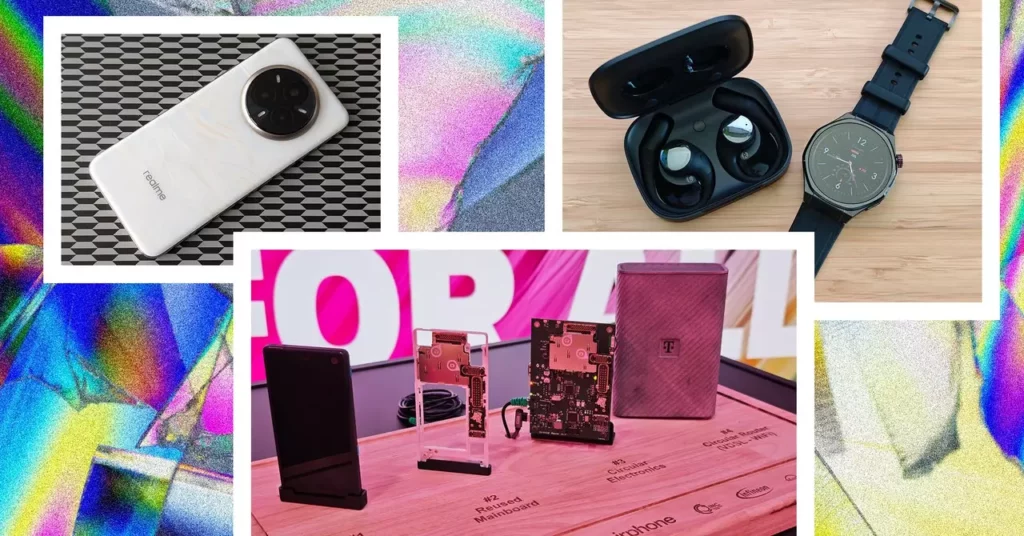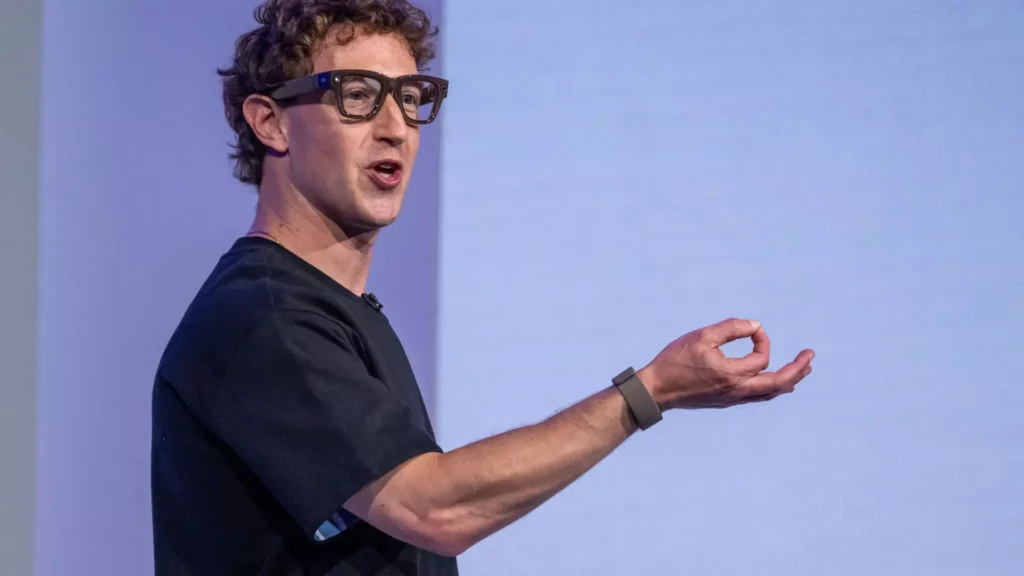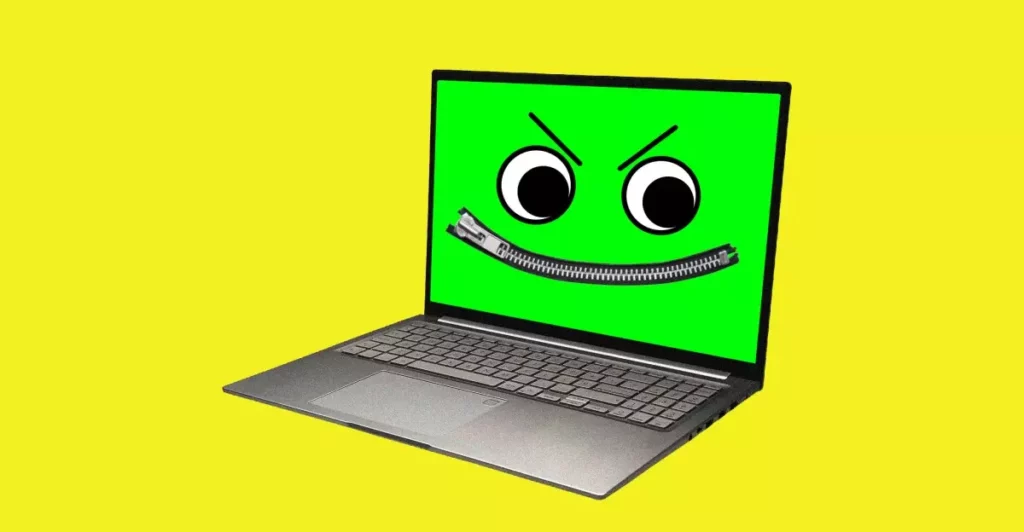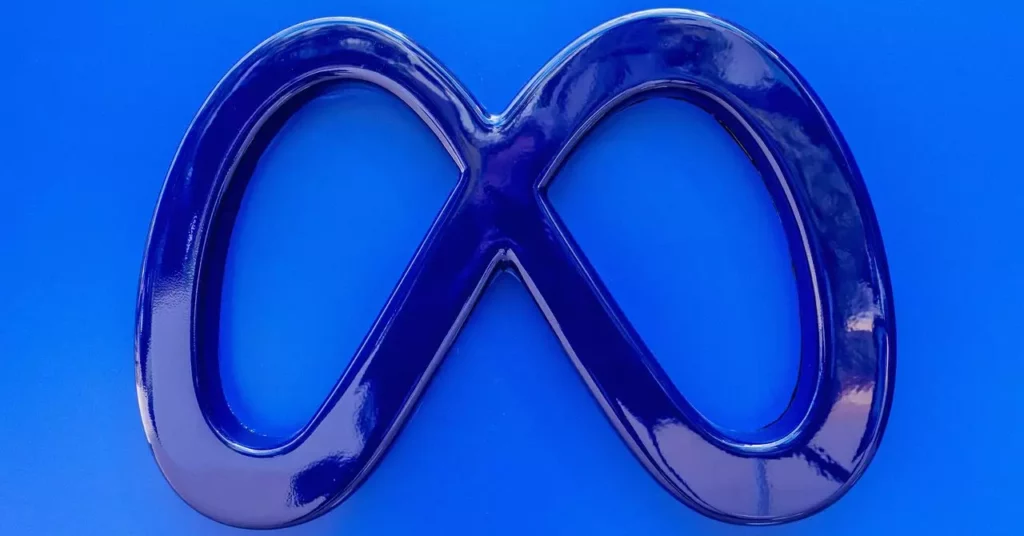The Mobile World Congress (MWC) in Barcelona may be losing its status as the primary launchpad for new smartphones, but the spirit of innovation is very much alive. This annual gathering has transformed into a melting pot of creativity and technology, featuring everything from groundbreaking devices to imaginative concepts that beckon us into the future. While the show might lack the sheer volume of flagship smartphone launches that marked its earlier years, MWC 2025 still showcased remarkable advancements that are reshaping the mobile industry.
This year, it was refreshing to see established players and emerging brands hitting the stage with compelling offerings. For tech enthusiasts, MWC is akin to a treasure hunt, where glimpses of the cutting-edge fuel our excitement and spark discussions about the future direction of mobile technology.
Soon, the spotlight turned toward the Xiaomi 15 and 15 Ultra, devices that commanded attention amid the conference’s buzz. Extolled as potential stars of the show, both models deliver a potent combination of high-end specifications and innovative technology. The Xiaomi 15 starts at a premium price point of £849, while the Ultra extends upwards to £1,299. While these figures may deter budget-conscious consumers, the phones boast impressive features that justify their cost.
Beyond their sleek designs and superior build quality, these smartphones come equipped with vivid displays and solid battery performance. Significantly, Xiaomi has also unveiled HyperOS version 2, which integrates an array of AI functionalities. Such advancements exemplify the merging of hardware capabilities with intelligent software, setting the stage for an even richer user experience. However, it’s worth mentioning that Xiaomi’s commitment to the European market leaves the U.S. consumers out of the loop—showing that not all tech innovations have global accessibility.
In addition to their flagships, Xiaomi presented a variety of other gadgets that offer a glimpse into how the brand is diversifying its portfolio. The Xiaomi Pad 7 and 7 Pro, both featuring expansive 11.2-inch screens, cater to those who blend productivity with leisure. The Pro model, with its upgraded processor and enhanced camera, suggests that Xiaomi is aiming not just for the mobile landscape but for the tablet market as well. Such dual offerings can help consumers become more entrenched within the Xiaomi ecosystem, fostering brand loyalty.
Moreover, the announcement of the Xiaomi Buds 5 Pro raised eyebrows for their active noise-cancelling capabilities and AI integration for transcription—showcasing how accessories are becoming as essential as smartphones themselves. Alongside these gadgets, the Xiaomi Watch S4 and Smart Band 9 Pro highlight an emergent focus on health and fitness, reflecting a growing consumer predisposition for wearables that complement their mobile devices.
On another front, Nothing made waves with their Phone (3a) and Phone (3a) Pro models. At first glance, the two devices may seem like mere iterations of each other; however, a closer look reveals an empowered camera system that distinguishes the Pro model with its 50-megapixel main sensor and a versatile 3X optical periscope lens. Most impressively, these devices provide a feature-rich experience at a sub-$500 price point—a commendable feat in today’s tech landscape.
The ethos of Nothing resonates with consumers seeking value without compromise. A compelling triple-camera setup at an accessible price tag speaks to a commitment to redefining expectations in smartphone photography. Both the Phone (3a) series raises the question of how brands can continue to balance affordability with quality, setting the stage for healthy competition among manufacturers.
As we navigate through this year’s innovation showcase at MWC 2025, it becomes evident that technology is charting a course toward a more integrated world. The interplay of AI, mobile devices, and wearables is not merely a trend but a structural shift in how we interact with our technology. While flagship phone releases may wane, the emphasis on creative concepts and integrated ecosystems promises a future rich with possibilities.
For attendees and observers alike, MWC 2025 serves as a reminder that the heart of technological advancement lies not only in new devices but in how these devices redefine consumer experiences. It’s a testimony to the fact that, despite shifting paradigms, innovation never truly pauses—it merely evolves.









Leave a Reply